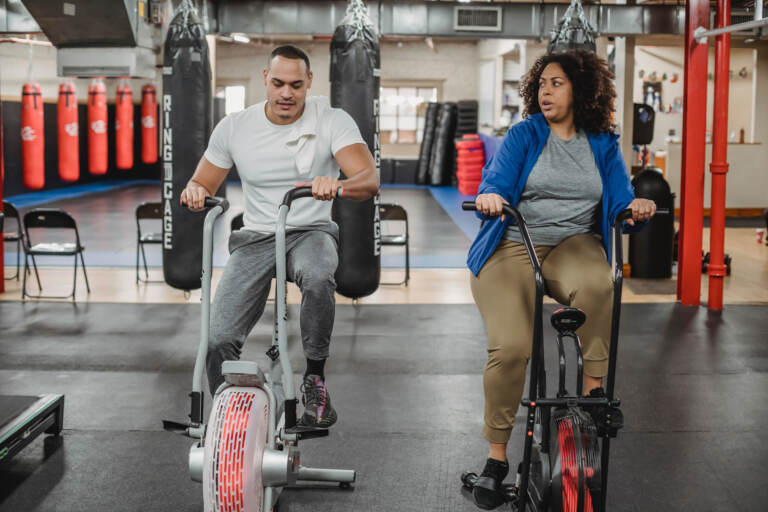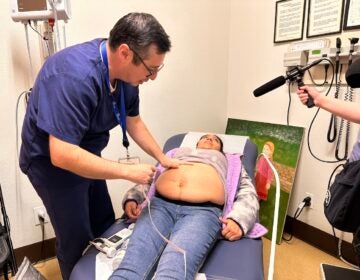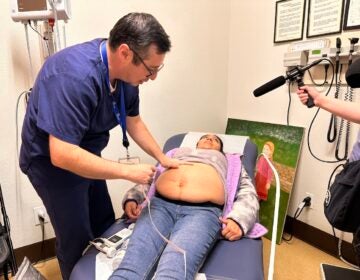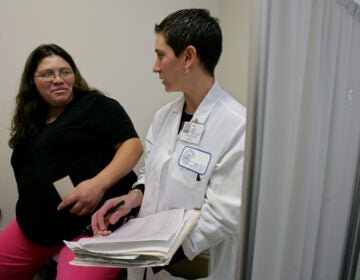Why We Love and Hate Exercising — And How to Do It Either Way
We look at the science of fitness, the evolution of cultural messages surrounding exercise, and how we can overcome inertia to start fitting it into our lives.
Listen 49:15
We all know that exercise is good for us — for both our bodies and our minds — but motivating yourself to hit the gym, take a run, or even go for a walk sometimes feels like the hardest thing in the world. There are constant rebuttals that arise in our minds: We’re too busy. We’re too tired. We need a break — we’ll start next week. At the same time, we’re bombarded by messages from people who are all about fitness — influencers with seemingly perfect bodies and a healthy glow, who convince us that we too can get into shape. It’s a habit that many of us try to cultivate — yet often seem to hit a wall.
On this episode, we look at the science of fitness, the evolution of cultural messages surrounding exercise, and how we can overcome inertia to start fitting it into our lives. We’ll hear about how exercise affects our mood and overall health, different approaches to getting in shape, the real-life struggle of becoming an Instagram fitness influencer, and one couch potato’s reluctant journey to getting active.
Also heard on this week’s episode:
- We talk with historian Natalia Mehlman Petrzela about the evolution of exercise culture from sideshow attraction to multi-billion dollar industry. Her book is “Fit Nation: The Gains and Pains of America’s Exercise Obsession.”
- Neuroscience and kinesiology researcher Jennifer Heisz gives us the lowdown on how exercise affects our minds and bodies — from the runner’s high to cognitive function. Heisz is the director of the NeuroFit Lab at McMaster University in Ontario, Canada.
- Reporter Grant Hill pulls the curtain back on the life of an Instagram fitness influencer, Grant Tamutus, who was his high school classmate.
- We’ve all heard about how bad sitting too much is for us. Research has found it can affect everything from blood pressure to cancer rates. And yet, 60% of Americans don’t get enough physical activity — and 25% don’t get any at all. Confirmed all-day sitter and reporter Liz Tung explores how much exercise you actually need to do in order to offset a sedentary lifestyle and ideas for how to fit that exercise in.
Segments from this episode
WHYY is your source for fact-based, in-depth journalism and information. As a nonprofit organization, we rely on financial support from readers like you. Please give today.






